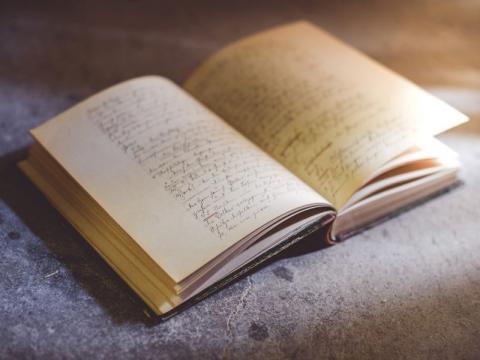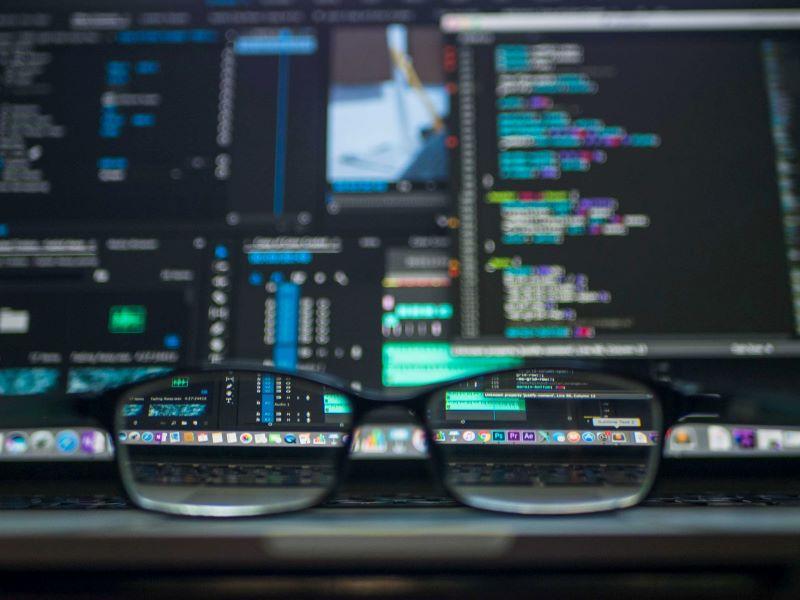We are at an inflection point in our collective understanding of the intersections of race, gender, class and colonialism, and how they have shaped our world today.
Primary sources unlock access to diverse and historically marginalised perspectives; academics need this content to understand and teach the complexities of those intersections. Here are five reasons why they are more important than ever and how they can be used in effective teaching and learning:
Reason #1: to understand the present, we must understand the past
Primary sources are documented evidence of history; they help researchers and scholars identify patterns that might otherwise be difficult to discern based on present events alone. It’s true that history tends to repeat itself, and these documents provide a critical perspective that can support students in interpreting how past events have contributed to our current world.
Educators can use primary sources to provide additional context during lessons, and to encourage students to think critically about significant events – both past and present. Primary source materials, such as newspapers, brochures, forensic reports and court transcripts, can help bring topics to life, enabling students to deepen their understanding and uncover new perspectives.
Reason #2: primary sources unlock diverse and historically marginalised perspectives
Primary sources are useful for examining history and society on a deeper level, shifting beyond the mainstream to help scholars study the diversity of the human experience.
By examining primary documents, students can unearth historically marginalised voices that are not usually taught in mainstream curricula, such as those of LGBTIQ+ and minority ethnic groups. Archives that provide access to a wide variety of voices and cultures are critical to preventing history being told through a narrow lens and helping diverse student groups see themselves represented in the past.
Reason #3: they help students develop critical-thinking skills
Who created this source? Why? When? These are just a few questions students might grapple with when viewing a primary source. Enquiry and reflection are necessary when evaluating primary sources and are incredibly important exercises for helping students strengthen their critical-thinking skills.
Presenting student researchers with materials that demonstrate issues and ideas outside the norm, like radical or extremist movements, encourages independent and critical thinking while also fostering an open dialogue in a safe environment.
As shared by the US Library of Congress, enquiry into primary sources encourages students to wrestle with contradictions and compare multiple sources that represent differing points of view, confronting the complexity of the past.
To navigate today’s information-heavy landscape, students need to consume media through a similar critical lens, and the skills that are needed to properly interrogate primary source documents are transferrable to the consumption and analysis of contemporary media.
Reason #4: studying primary sources helps students become better citizens
Studying the past supports good citizenship, which is requisite for a fair and effective democracy. Primary sources enable students to explore the documentary evidence of a nation’s history – the roots of its government, value systems and role on the world stage.
To be active agents of positive change, students must become informed citizens. Digital archives that focus on government, politics and law, such as Old Bailey Online, which shows the proceedings of London’s main criminal court from 1674 to 1913, are valuable for understanding how concepts of citizenship, justice and the treatment of different groups have developed over time. Such sources bring new perspectives and can be used to paint a more accurate – and informed – portrait of past and present events.
Reason #5: digital platforms widen access to primary sources
Thanks to technology, primary sources are becoming easier to access and examine. Digitising them is essential to their preservation and enables better access, ensuring students aren’t limited by factors such as geographic location when conducting research.
However, digital archives and databases are only useful if students know how to navigate them. Higher education institutions should put training and support in place to ensure students understand how to source the materials they want from whichever digital archives their institution provides access to.
Many digital archives offer learning centres to help orient new users with the content available, provide inspiration for research and teaching topics, and recommend best practices for searching, browsing, citing and reusing primary sources.
Bringing facts into focus and information to life
Through primary sources, students can experience the thoughts, words and actions of years past in an entirely new way. These materials provide important historical context and help students relate to past events in a more personal way.
With societal and cultural divisions widening and tensions rising in many parts of the world, it’s increasingly vital that academics and students use resources like primary sources to gain a better understanding of current events, and think critically when evaluating information. Introducing these invaluable materials to students has never been more important.
Seth Cayley is vice-president of Gale Primary Sources, which works with academics and archives around the world to digitise physical source material.




comment